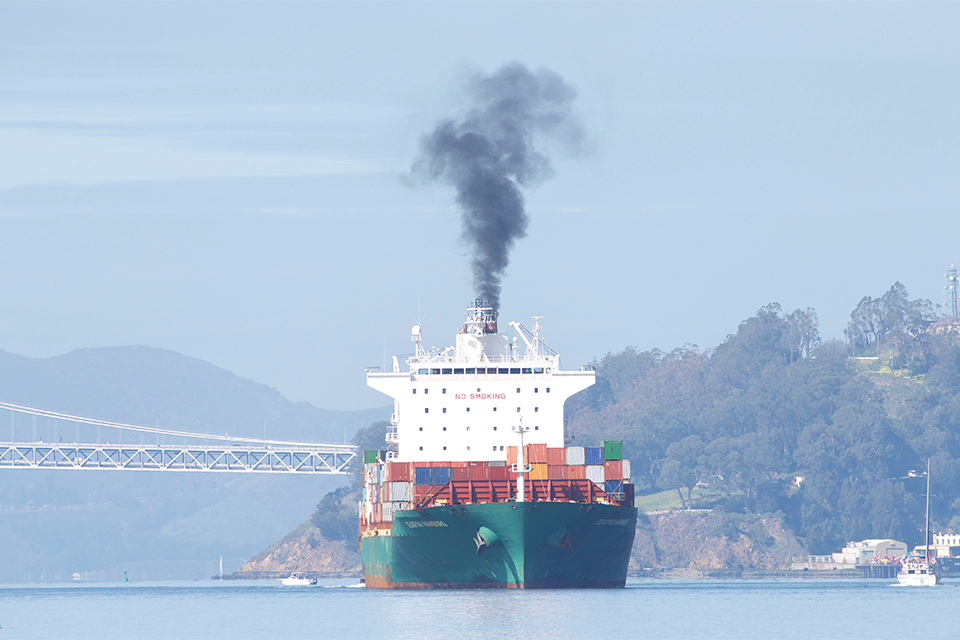2024-06-16
Marine Monitoring of Emissions of Air Pollutants

Many of us who are not in the marine shipping business probably think of vessels as practical means of transportation, or, when it comes to cruising ships, a place to spend your vacation. However, not all of us realize that large ships also are floating large power plants, with all aspects that come with power plants including potential contribution to air pollution.
The environmental aspects of shipping have perhaps mainly been an issue to people living close to major ports, but maritime organizations have for the past decade or so started to address the shipping industry’s impact on air quality.
For many decades, large vessels have primarily been fuelled with crude bunker oil, having very high sulfur content of up to 3.5 %. The result has been massive emissions of sulfur dioxide (SO2), contributing e.g. to health problems and acid rain. The situation could be handled by using processed, low-sulfur oil, but that has been expensive. In lack of voluntarily actions, the International Maritime Organization (IMO) initiated a low-sulfuric-emissions regulation effective as of 2015, covering certain maritime areas, where vessel operators either have to use low-sulfuric oil (0.1 %) or install sulfur scrubbers on-board the ships.
Despite meaning a major modification to a ship, installing a scrubber can still be cost effective solution. However, installing a scrubber comes with a small penalty to pay. The operator must be ready to prove that the scrubber actually is in operation, at least while the vessel is in the regulated maritime areas. This is done by means of continuous emissions monitoring using gas analysers. It turns out that it is sufficient to monitor the ratio between the SO2 and CO2 concentration. As long as that is below a certain number (4.3 ppm/vol. %), the scrubber gives the same effect as if the ship was fuelled with 0.1 % low-sulfur bunker oil.
The MARPOL regulations are under constant development. In 2020, IMO introduced global low-sulfur emissions requirements, capping the bunker oil sulfur content equivalence to 0.5 %. The specific emission control areas (ECAs) where the 0.1 % limit applies are extended. By example, in May 2024, the Mediterranean Sea was added to the ECA list.
Limitations with respect to emissions of nitrogen oxides (NOX) have also been introduced by IMO under the MARPOL regulations.
